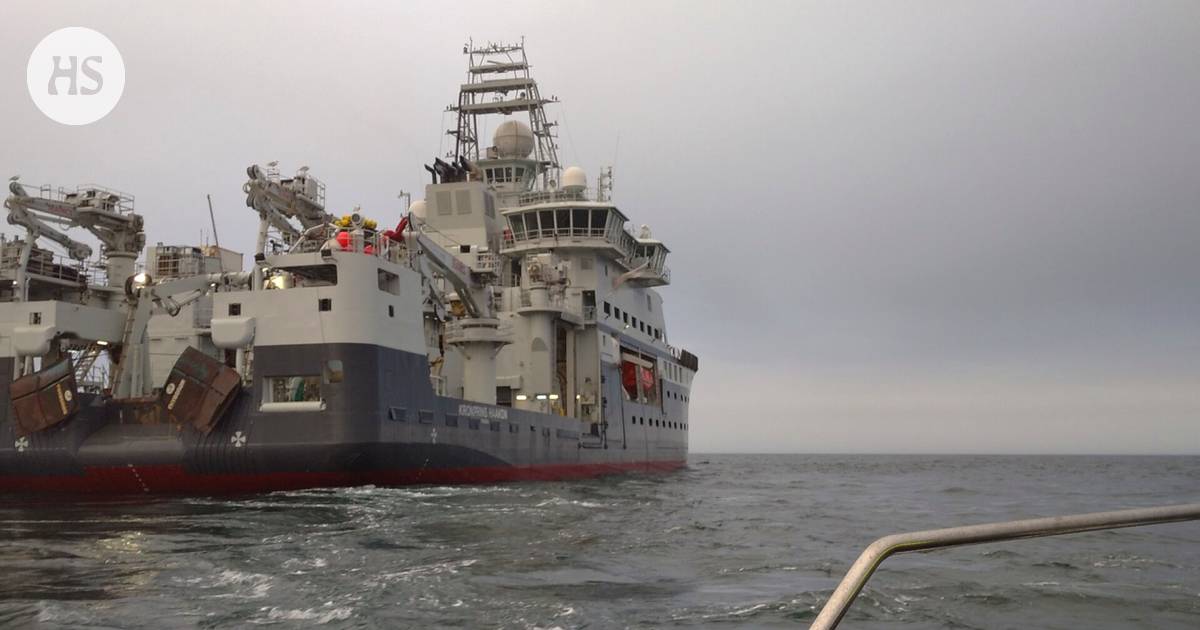Medicines|The discovery and the method that made it possible are important because the effectiveness of current antibiotics is diminishing.
The summary is made by artificial intelligence and checked by a human.
Researchers found antibiotic substances in the organisms of the Arctic Ocean.
One substance inhibited the growth of E. coli bacteria.
The discovery is important, as current antibiotics are losing their effectiveness.
The Norwegians and Finnish researchers have succeeded in identifying powerful antibiotic substances from samples obtained from invertebrates that lived in the depths of the Arctic Ocean.
Antibiotics were produced by actinobacteria nesting in fungi and bryophytes.
The pharmacy group at the University of Helsinki biologically tested the samples that the Norwegians had collected from the surroundings of the Finnish Alps in August 2020 and grown in the laboratory.
Invertebrates whose actinobacteria produced antibiotic substances were raised from the sea.
The researchers found that one of the substances in the samples prevented of E. coli bacteria growth. The second one did not kill the bacteria or prevent its growth, but prevented the coliform from penetrating the cells of the inner surface of the intestine.
If the bacteria in question does not enter the cell, it also does not cause diarrhea, which is particularly dangerous for small children.
Escherichia coli is the most common aerobic bacterium in the human intestine, which can cause, among other things, intestinal infections.
Result was published In the scientific journal Frontiers. It is promising, but the group leader, a professor of pharmaceutical biology Päivi Tammela There are excessive expectations from the University of Helsinki.
“The findings are very early. There is no certainty that the substances will become new medicines for the treatment of patients.”
”
Most of the antibiotics used today have been found in soil actinobacteria.
The discovery, and especially the methods developed to make it, still have an important meaning, because the effectiveness of the antibiotics currently in use is diminishing. The world is developing more and more resistant strains of bacteria that are not effective against current antibiotics.
Without effective antibiotics, any wound can develop a deadly bacterial infection. For example, routine surgeries become life-threatening.
The pharmacy group at the University of Helsinki has developed an infection modeling method that can identify, with very small sample amounts, a substance that may have the ability to fight disease-causing bacteria.
Major some of the antibiotics used today have been found in soil actinobacteria. Actinobacteria use them to defend their living space against other bacteria.
The antibiotic substances found in seafood were also products of the metabolism of actinobacteria.
“Seas have been studied significantly less than soil. There could be a good source for new antibiotics,” says Tammela.
Research continues so that a group of Norwegian researchers grows more promising actinobacteria and aims to determine the structures of their metabolites.
The team at the University of Helsinki, on the other hand, continues to study their biological activity.
